|
Taiwan fruits are the best. They are one of the main reasons we love Taiwan and have decided to stay in Taiwan for the long term. Although the fruits in Taiwan are highly seasonal, you can always find delicious and sweet fruit here year-round. If you come from a non-tropical country, you have likely been missing out on the full sweet flavor that these fruits are meant to have.
As an American coming to Taiwan for the first time, I was wary of the fruits. From my experience in the US, pineapples, mangos, and passion fruit had always been sour and nasty. Only when I tried the tropical fruit in Taiwan did I realize that the pineapples, mangos, passion fruit, and everything else were sweeter than candy. More Taipei Food Related Tours: You can eat your way through Taipei through such tours and activities as Taiwanese Breakfast Cooking Class in Taipei, Taiwanese Gourmet Cooking Class in Taipei, or Xiao Long Bao, Chicken vermicelli with mushroom and sesame oil, Tofu strips salad, Bubble milk tea. Taiwan Traditional Delicacies Cooking Class and more on TripAdvisor here. You can also search for tours on Klook here, or KKday here.
4 Comments
Some would say Ecuador is the banana capital of the world, and that is probably right, but I’m sure Taiwan bananas are just as good. One of the great things about living in Taiwan is you can buy fresh bananas on the street almost everywhere, so if you are a banana connoisseur like myself you will not have worry about bananas going bad (I eat bananas single every day).
有人會說厄瓜多爾是世界香蕉之基地,但我相信台灣的香蕉也一樣好。住在台灣的好處之一就是到處都可以在街上買到新鮮的香蕉,所以如果你像我一樣是個香蕉鑑賞家,你就不用擔心香蕉壞掉的沒香蕉吃(我每天吃香蕉)。 Photo by Oleksarndr on Pexels Traveling during peak seasons, be it for holidays or major festivals, is thrilling but challenging. The high number of visitors often leads to crowded attractions and high prices, which affect your trip. However, you can navigate these issues and make the most of your trip with the right strategies. Effective planning is key to successful trips during peak seasons. Researching and organizing your trip in advance helps avoid common pitfalls. You’ll also be sure to secure the best accommodations, transport options, and attractions. Below are a few tips to consider.
|
Author 作家I am an American expat who has extensive experience living, working, and traveling in Taiwan. In my day, I had to learn many things about Taiwan the hard way. But I have come to learn that Taiwan is one of the best places in the world for Foreigners to live. This blog does not represent the opinions of every foreigner in Taiwan. I am just trying to help others learn more about this beautiful country. Categories
|


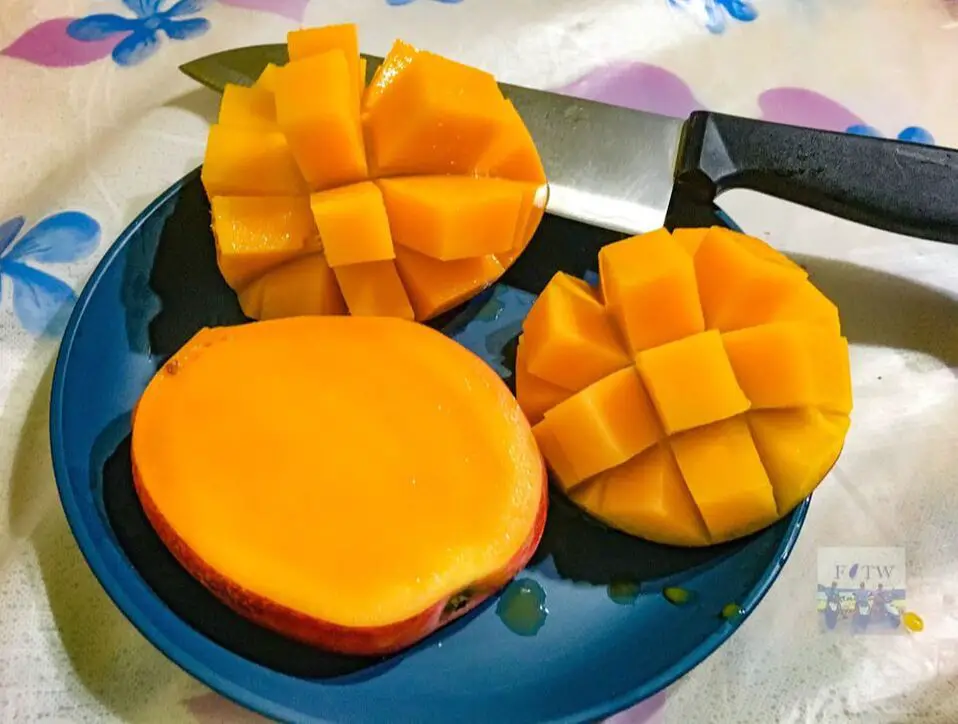

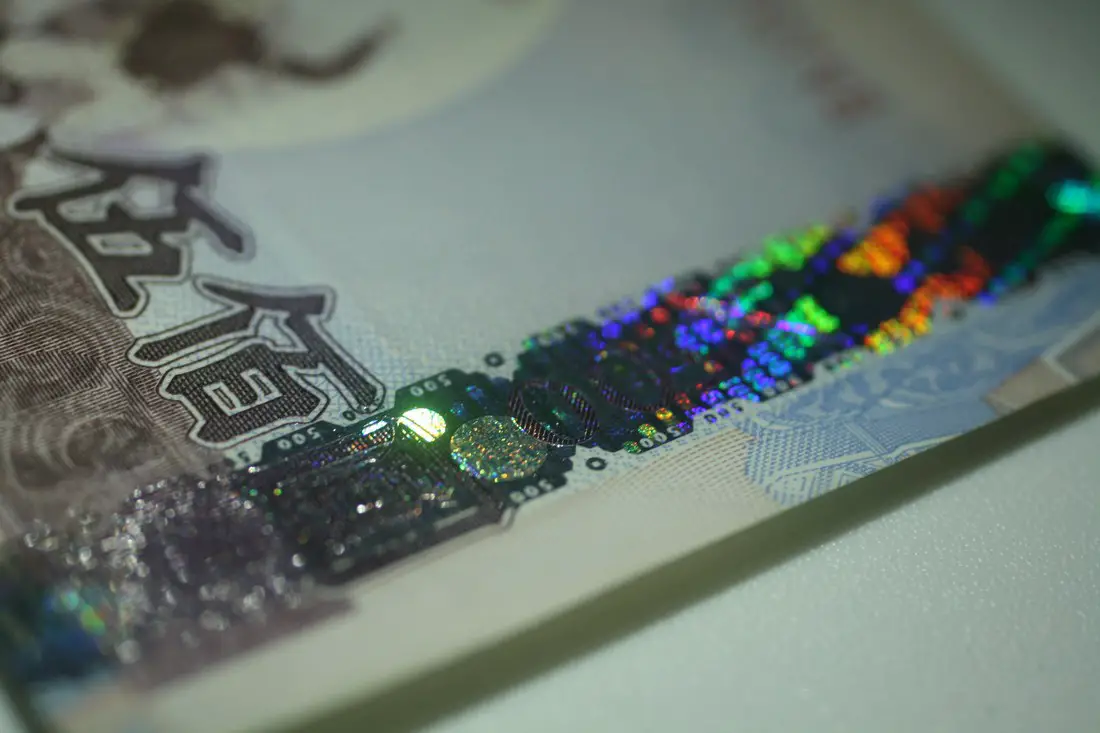

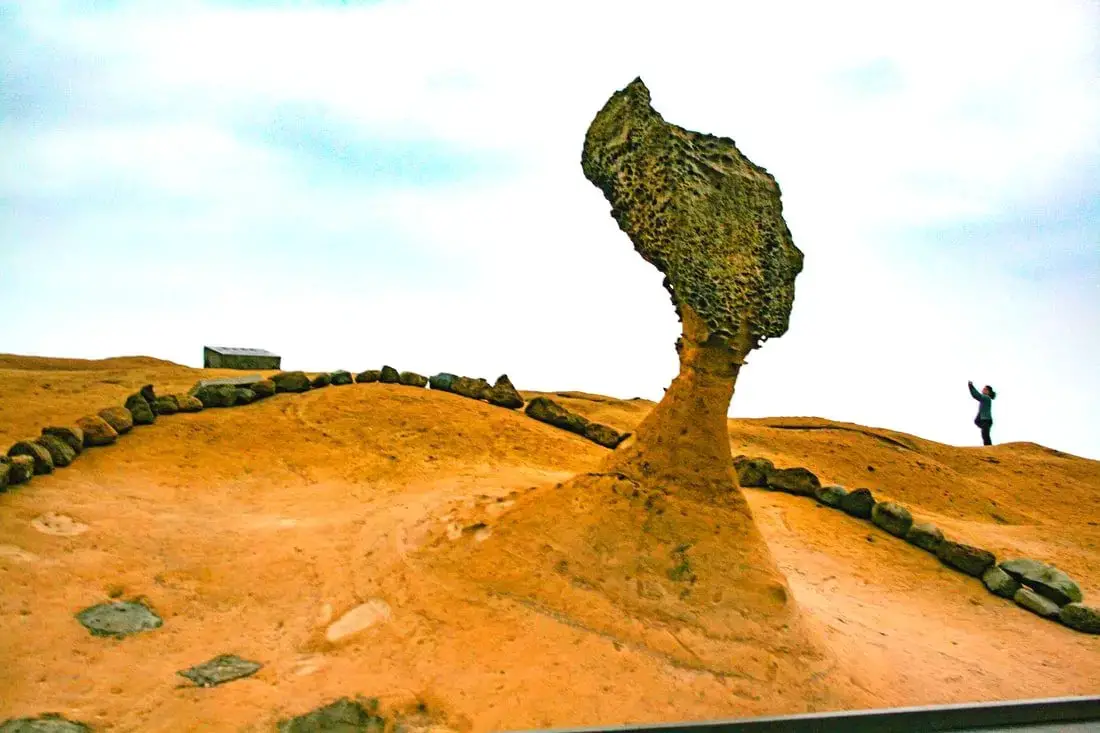
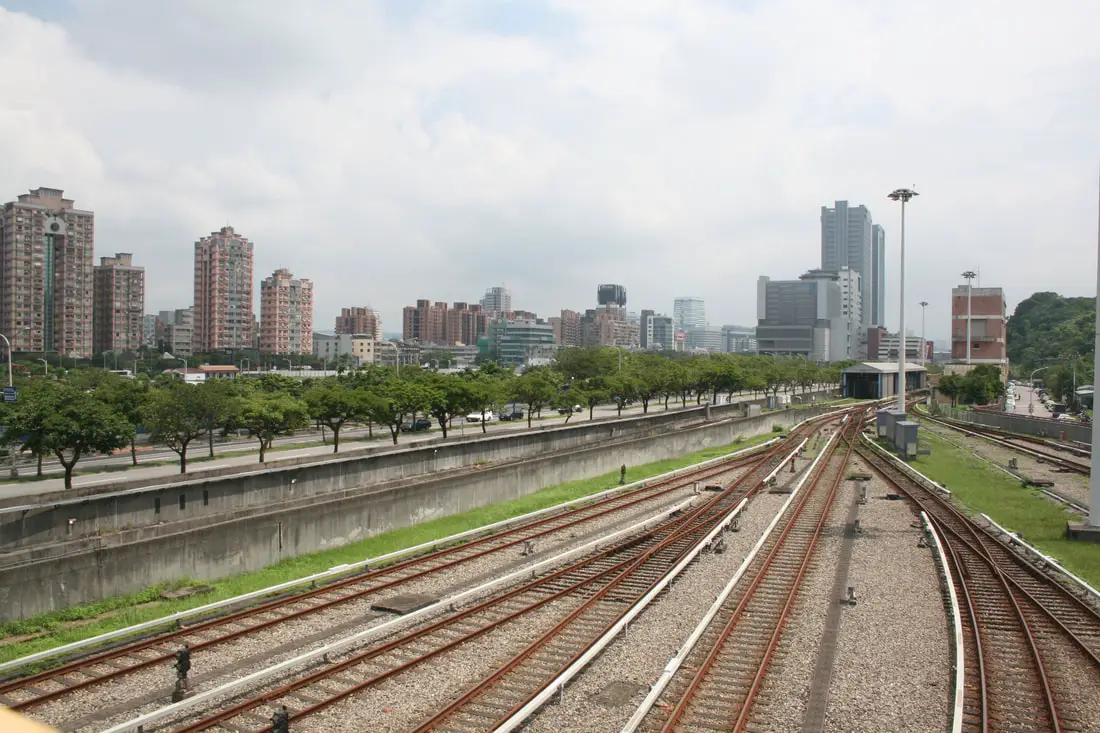

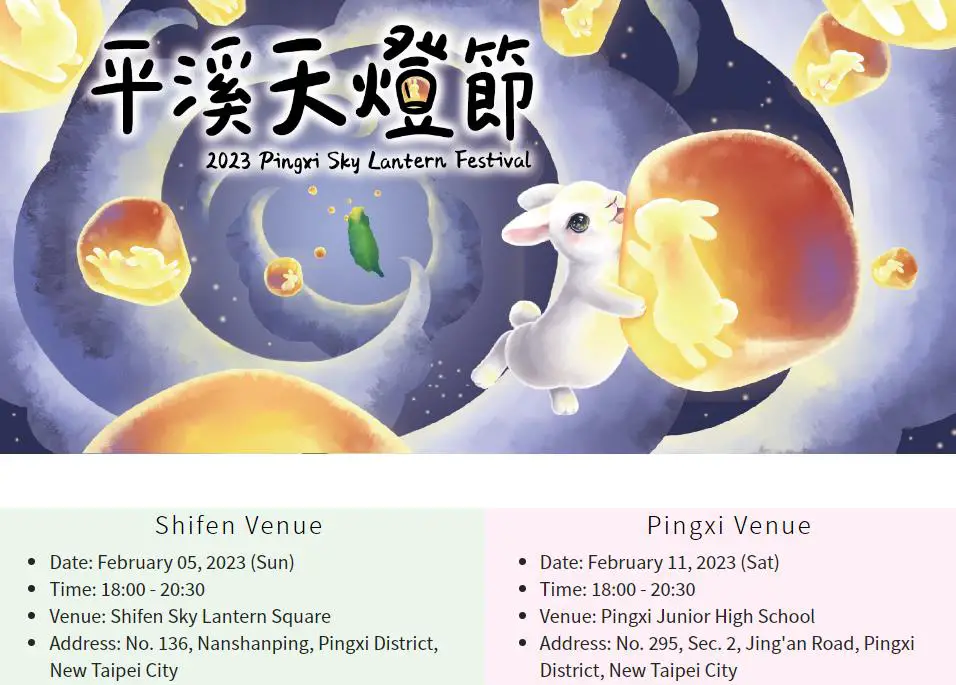
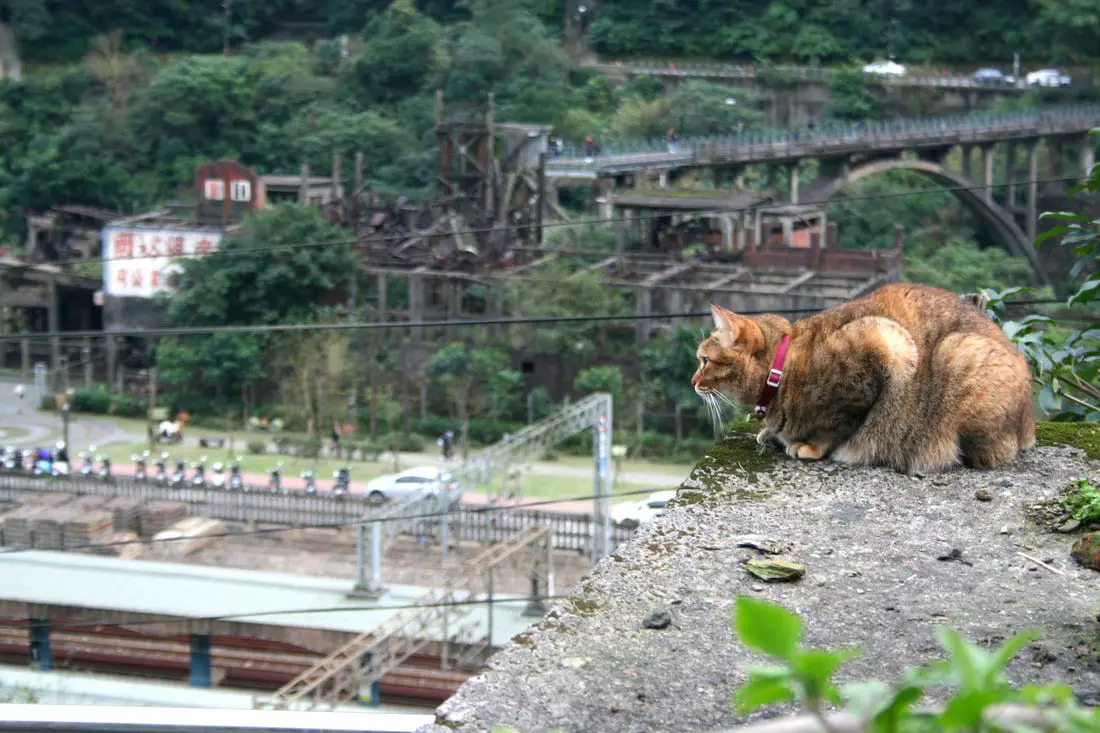
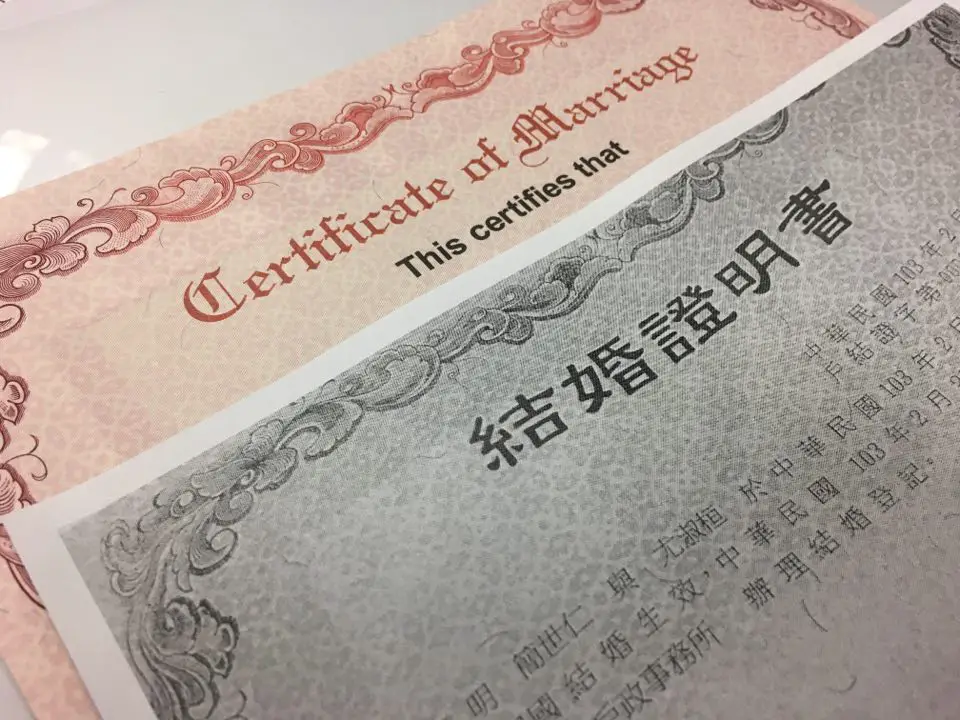
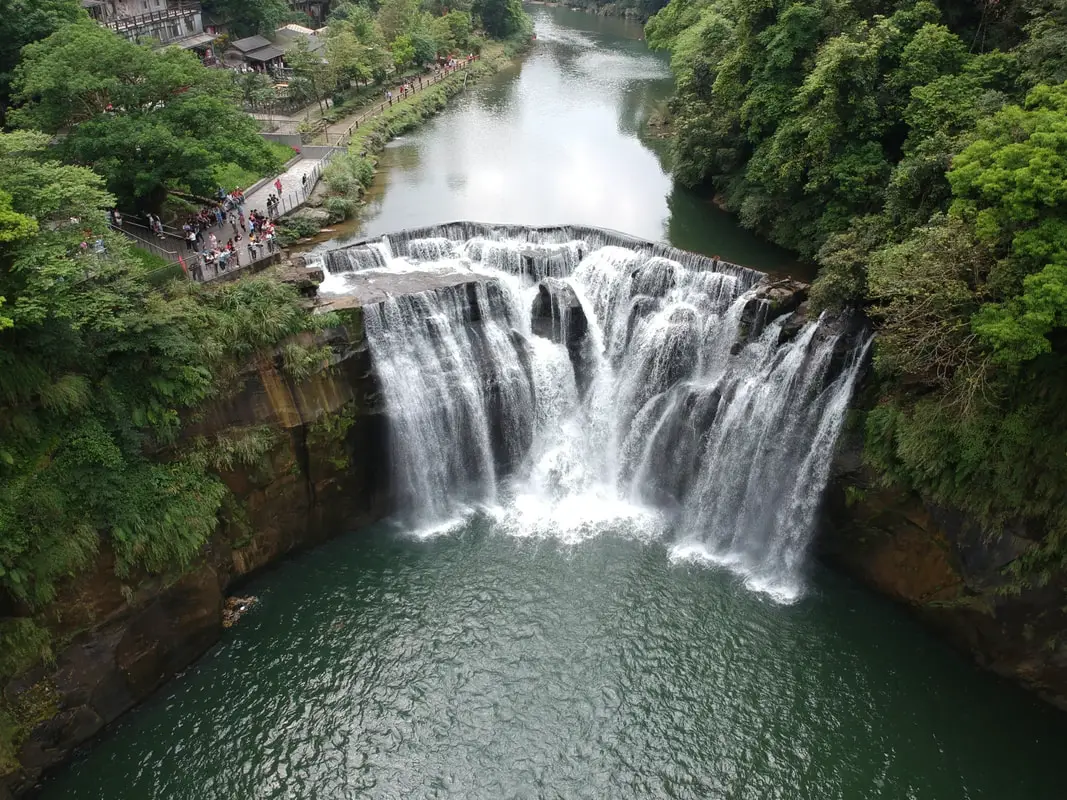
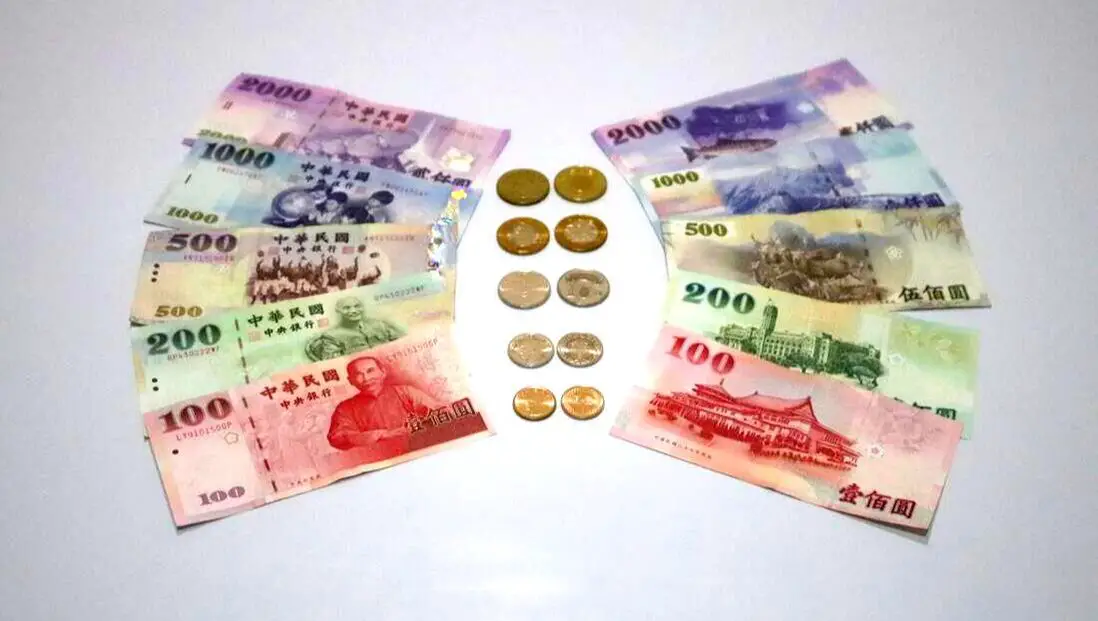
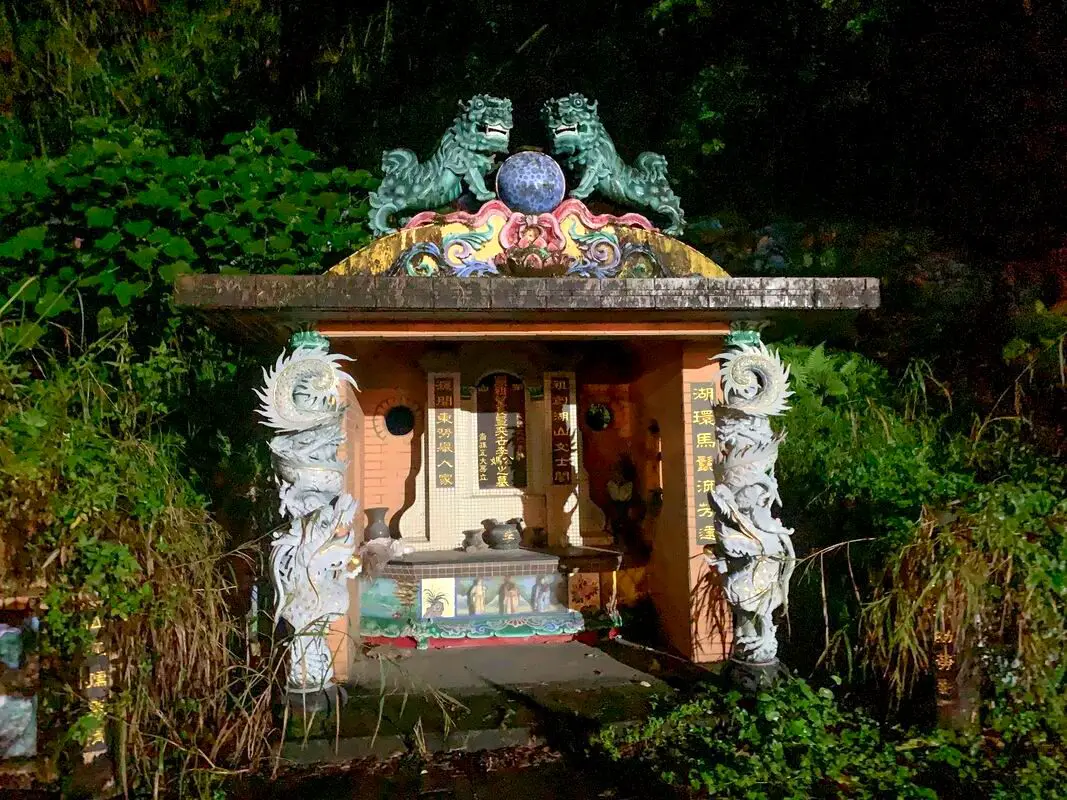
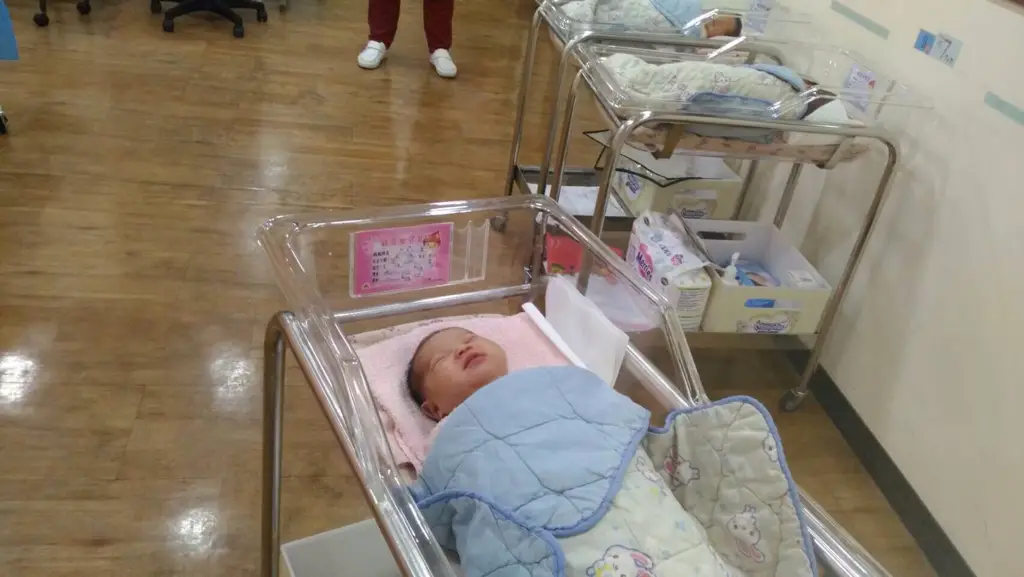

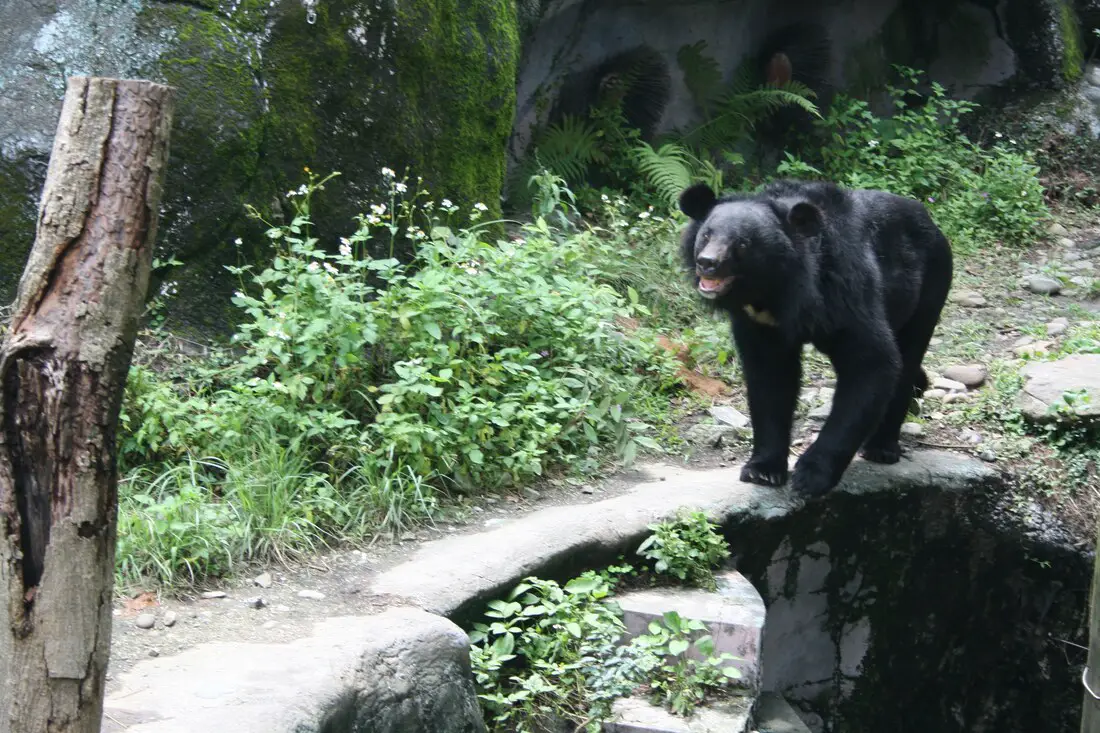
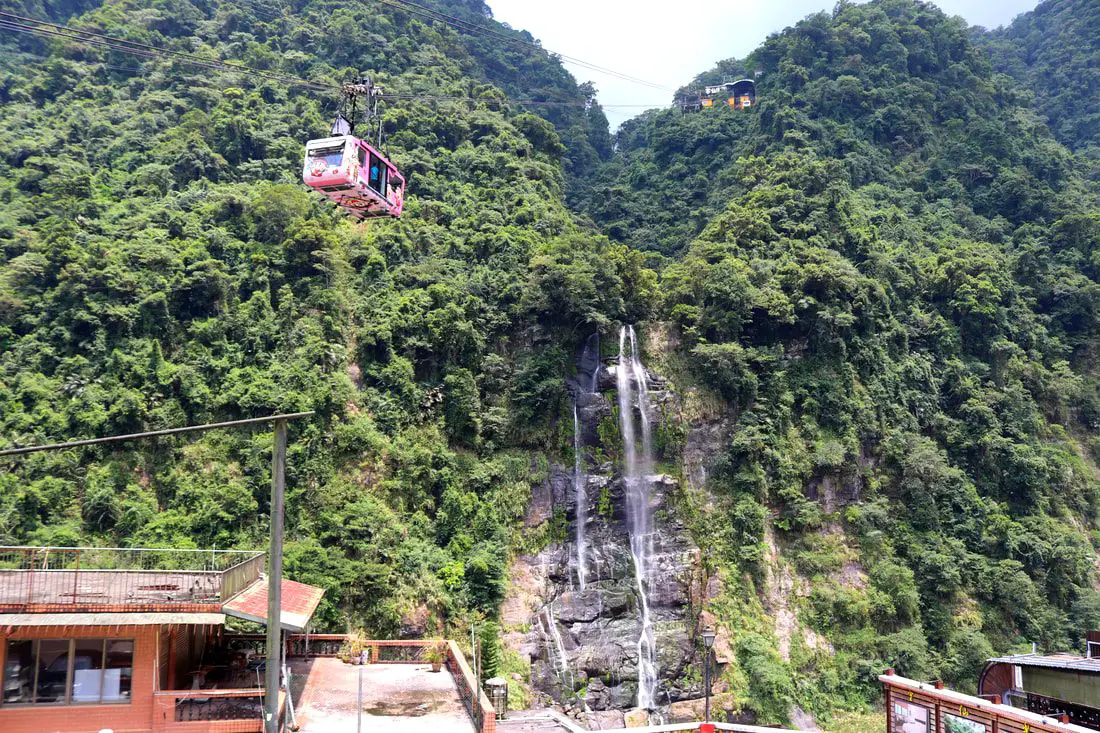
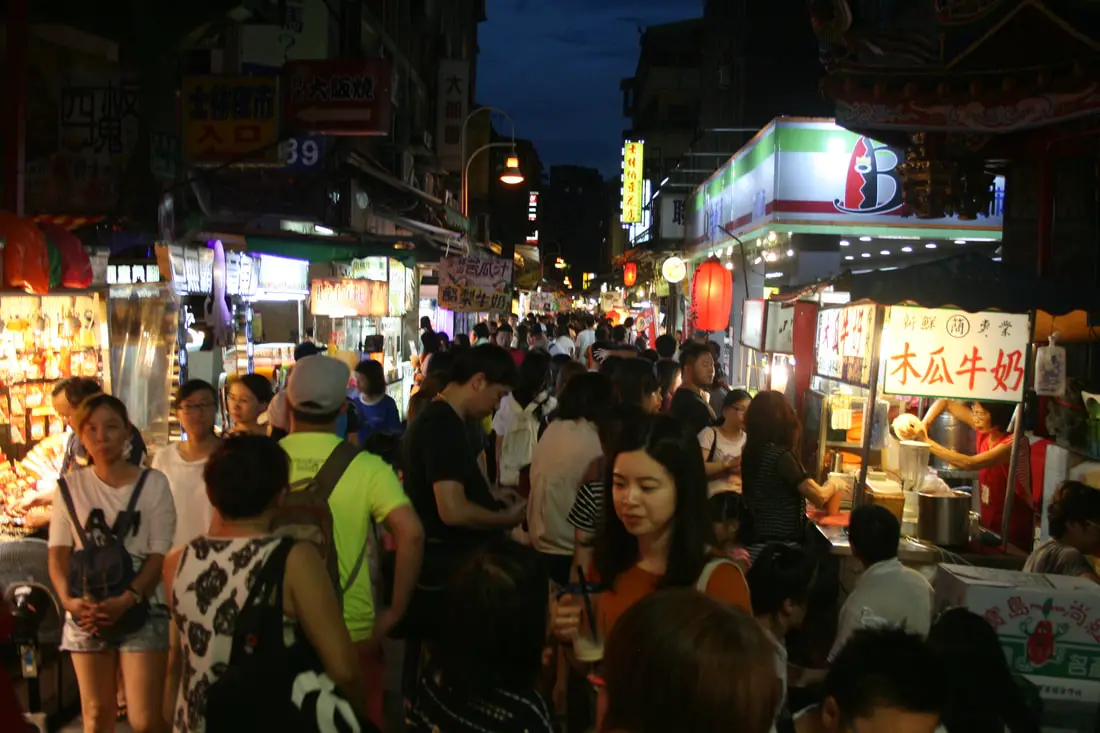
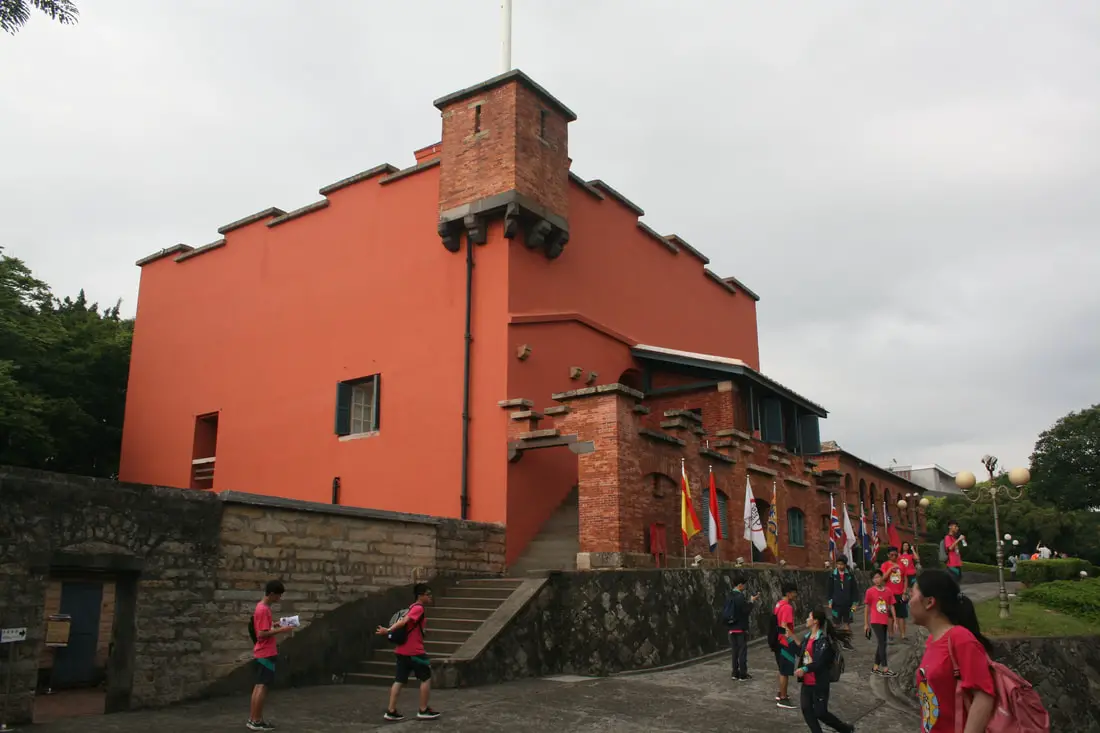
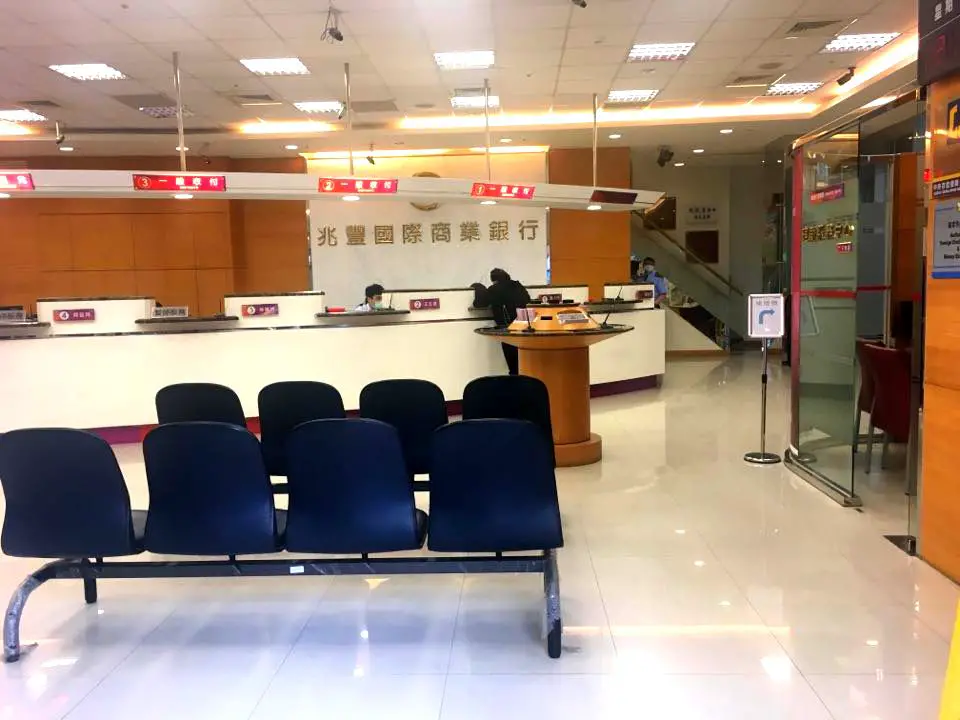
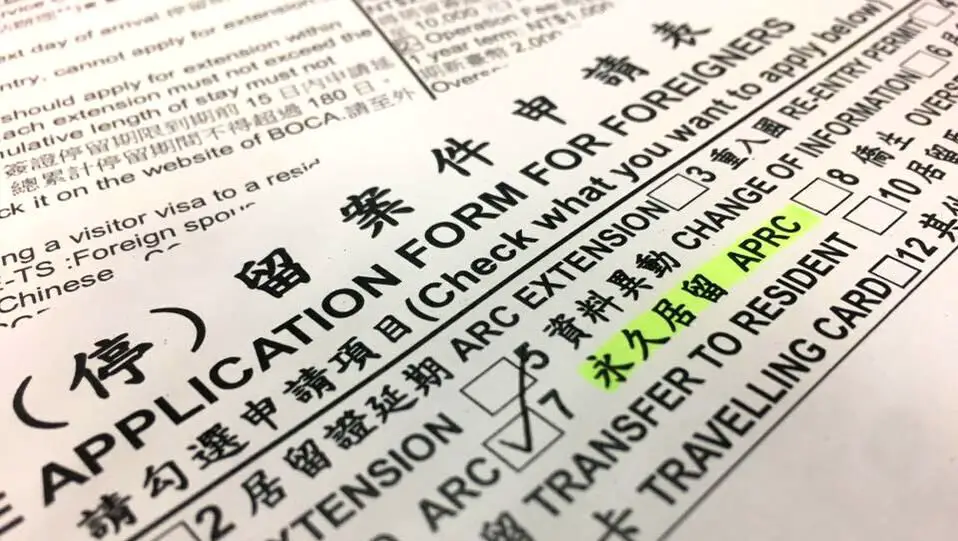
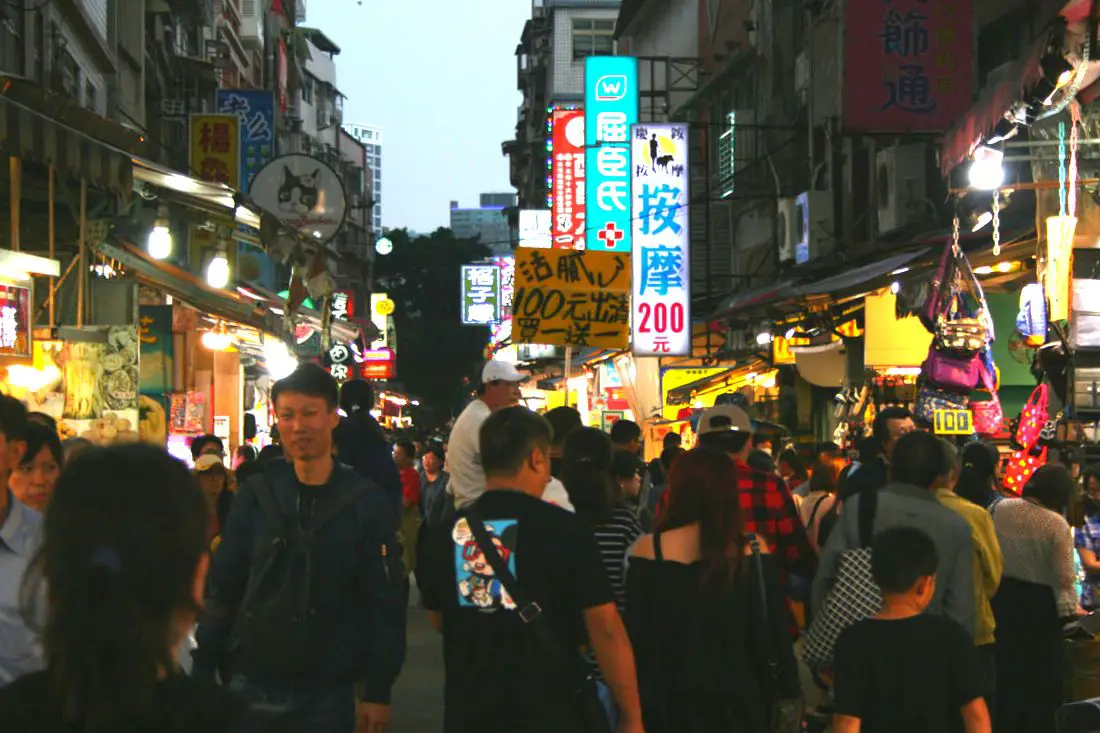
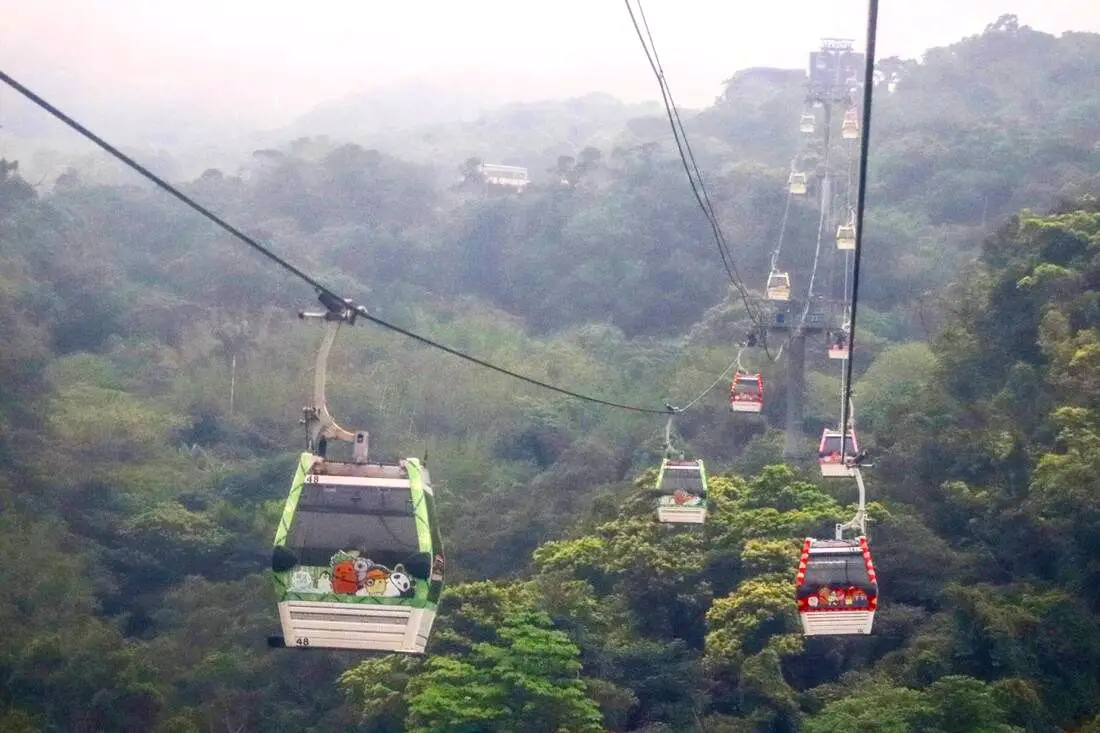
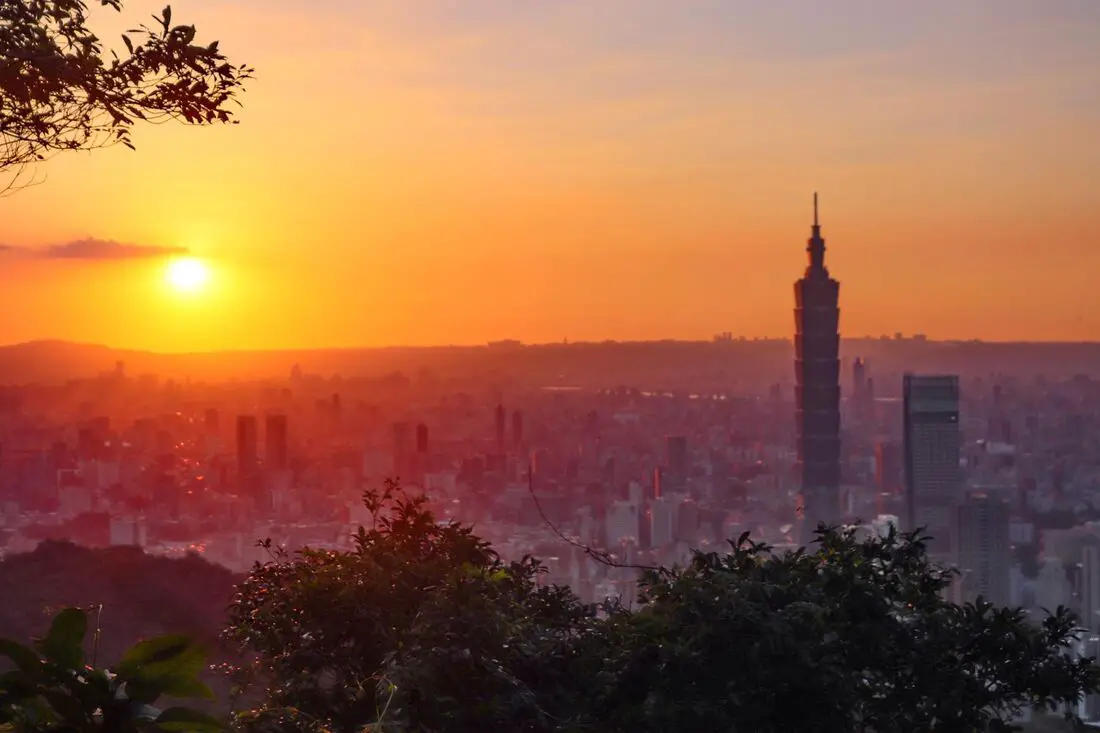
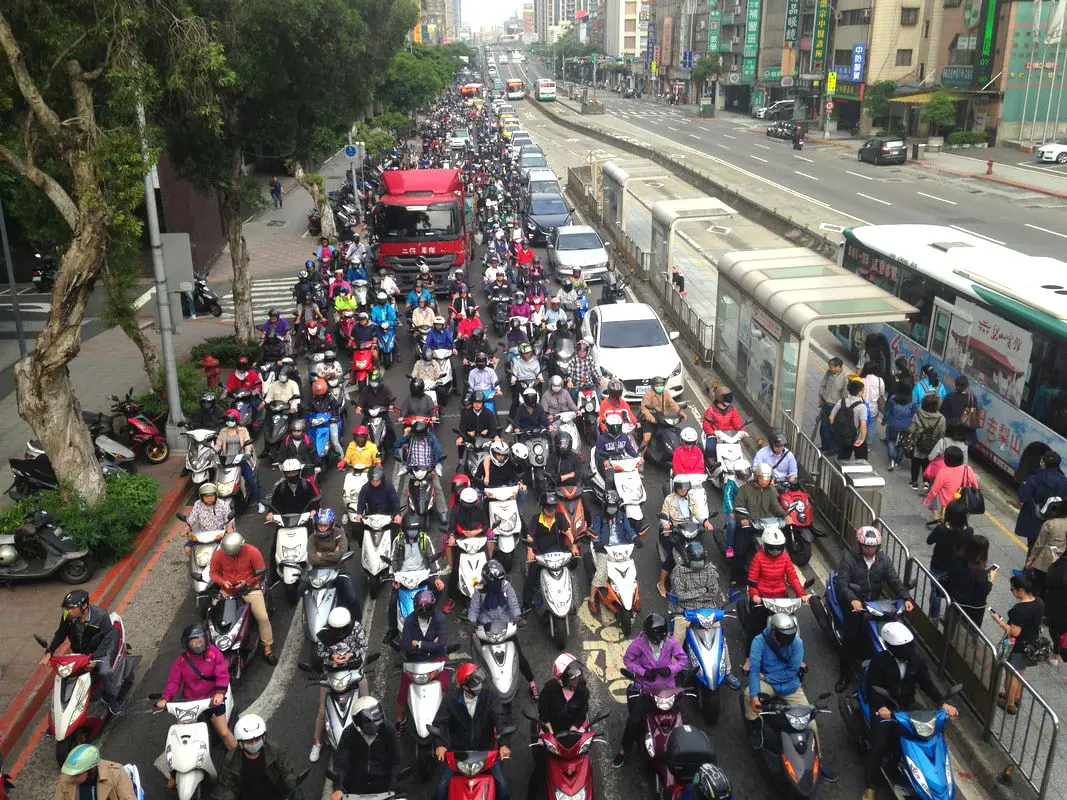
 RSS Feed
RSS Feed